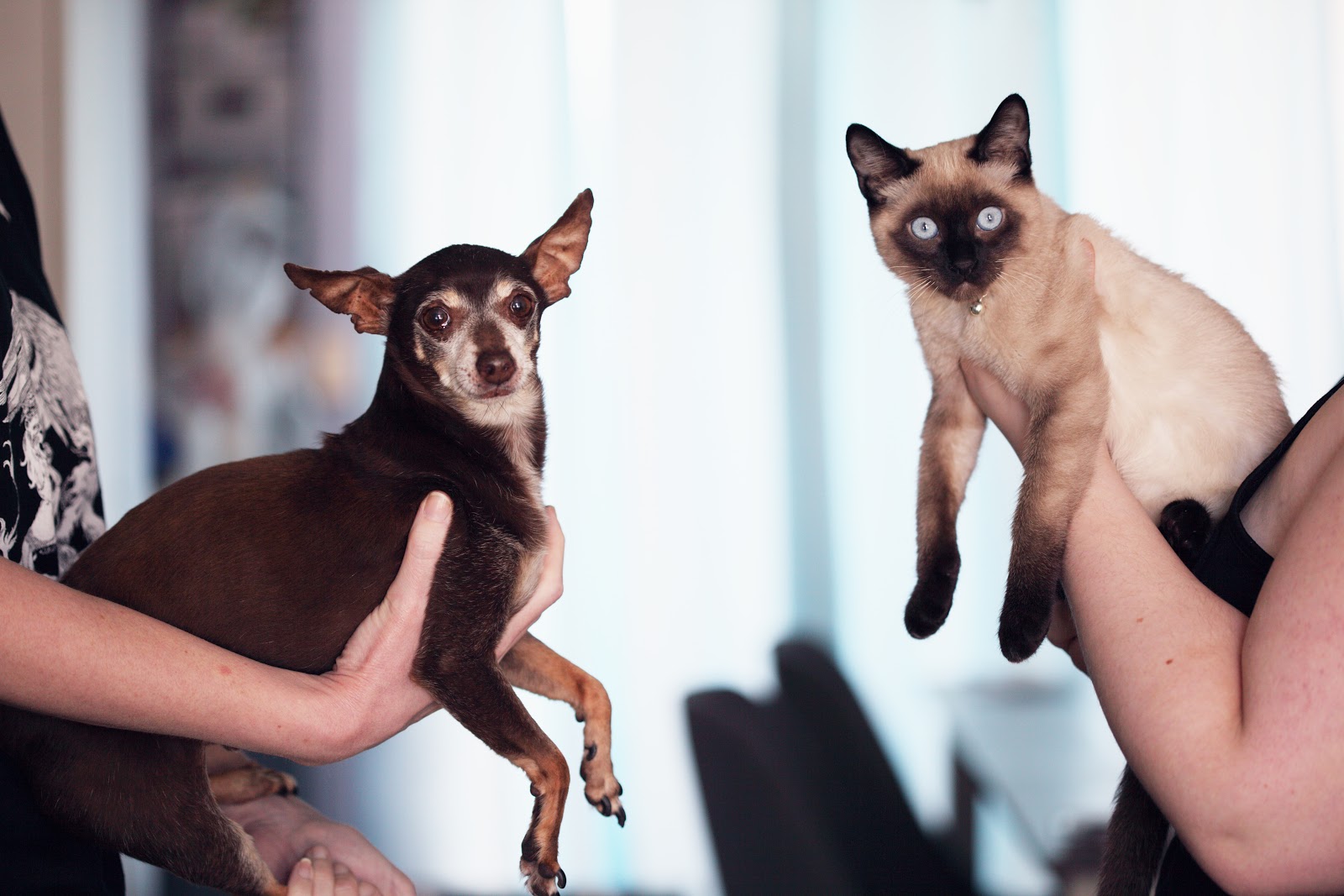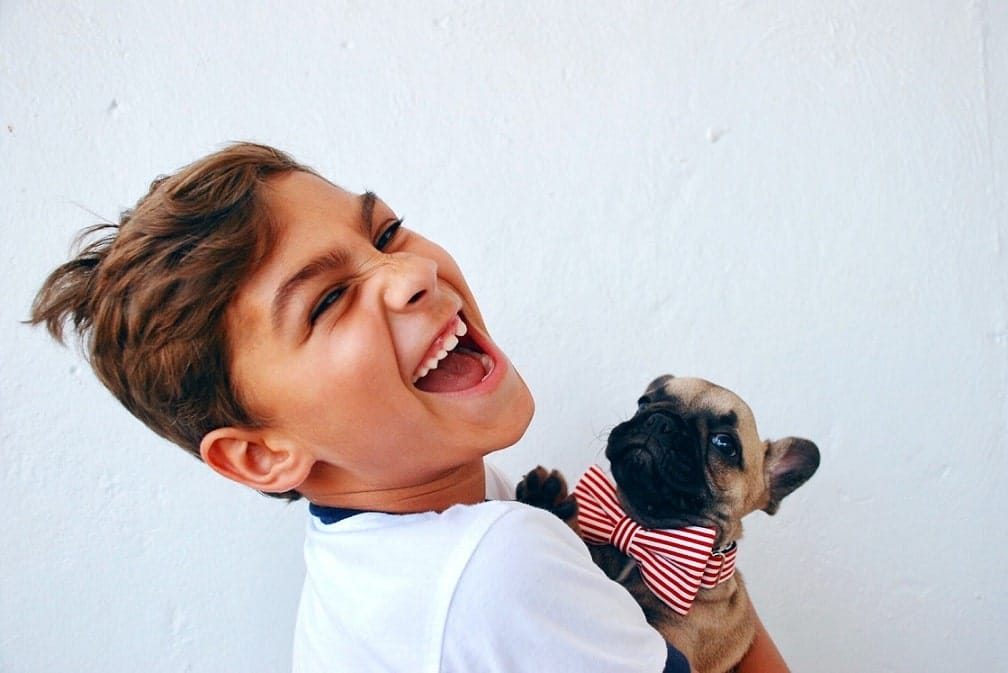I am incredibly lucky to recall my childhood with the fondest of memories.
Most of these memories typically include an animal of some kind.
When I talk with other animal lovers, I’m ordinarily told the same – they recall their happiest childhood memories involving animals.
If you’re here, you’re probably seeking the best way to provide your kids with the same fond, pet-filled memories, though you may also be struggling to decide on what pet is best for kids, whether your child is ready for a pet, or what you will need to do to make sure that the newest member of the family has a long, happy life alongside your little one.
Table of Contents
Why are pets beneficial to children?
Let’s start with the hardest question to answer – what benefits do pets offer kids? It’s a hard one to answer because there are so many answers to choose from!
Read How to Maintain and Clean-up After High Shed Dog Breeds
I’ve highlighted a few of my favorites below:
Asthma and Allergies? Not if you have a furbaby!
According to a recent study, kids that are born to a dog-lovers home have a 13% less likelihood of developing childhood asthma.
Staggeringly, children exposed to farm animals within the same age group are at a 52% lower risk of developing asthma.
Pets help kids develop socially
Children that have strong bonds with their pets have an easier time developing person-to-person relationships.
They help to create a positive self-image and sense of worth
The responsibility that comes with pet care helps children develop a strong sense of worth. The sense of accomplishment that completing chores associated with pet care helps them develop a positive self-image.
Siblings form strong bonds
Accomplishing a mutual goal helps to form stronger relationships.
Pet care is no exception and helps siblings strengthen bonds over mutual care for their pet. Likewise, mutual love for a pet strengthens the bond between siblings.
Animals help reduce stress and anxiety
It’s widely known that a pet is a great source of companionship and provides comfort to those who need it, but a less commonly raised benefit of pet ownership is the motivation that a pet provides.
Pet care requires a strict feeding schedule, routine walking (where applicable), and general structure that someone who does not own a pet may need to assist in breaking cycles of depression, stress, or anxiety.
Research
This is by no means a complete list of the benefits of pet ownership.
As I mentioned above, these are just a few of my personal favorites.
If you would like to know more about the benefits, I highly recommend doing your own research; you’ll be shocked at just how many there are!
Read: Utonagan Dog Breed Info – The Wonderful Mixture
Which pets are best for children?

Each child is different, which can make it incredibly difficult to decide on what pets are best for them.
It’s recommended that parents look at guinea pigs, lizards, or fish.
All of these animals are small and unthreatening to children, though their care may intimidate you, the parent, and, more importantly, the supervisor.
Learning Experience
Understanding what makes a good 10-gallon aquarium light (or even how to use a 10 gallon aquarium light) versus what makes a good 50 gallon one isn’t top of most school curriculums, though with a little guidance your kids will surprise you with how fast they pick things up.
Resources
When it comes to pet care, I can say with absolute certainty that there are (quite literally) thousands of pages of resources online that will get you up to speed on the best care techniques for any pet that you place under your child’s care.
For this reason, you should not allow limited information to affect your choice of pet.
Helping your child care for their pet
You’ve weighed the pros and cons, chosen a pet (a dog, a cat, lizard, fish, or whatever it is), learned about proper care for its species – now it comes time to teach your child how to properly care for their new pet.
Let’s go through the dos and don’ts!
The Dos:
- The most important thing to address with your child is that a pet is for life.
- There are no quick outs – once they’ve committed to caring for their pet, they can’t back out. Not only will this benefit their pet, but they will also understand the full gravity of their decision.
- Include them in every decision, from choosing the species to the name.
- Work out a proper care schedule. This includes feeding, cleaning, walking, and all of the other activities that encompass proper pet care. As above, include your child in the decision-making process here.
- Curb the “new pet” excitement. The first day (and the days that follow) after getting a pet will be filled with excitement for your kids, however, the animal will need time to settle and adjust to their new home.
I recommend asking your kids to read to their new pets. If they can’t read, try asking them to sing (quietly) for them.
The Don’ts
- Don’t let your child tease or hurt the animal in any way, even if the intention is not ill, for example, riding a dog like a horse.
- Don’t expect too much from your kid – they’re going to forget feeding times, they’re going to forget to bathe their pet, they’re going to forget about playtime some days – it’s our jobs as parents to guide and assist them, rather than cast the full responsibility of a pet onto their shoulders alone.
Final Thoughts
That just about covers it! I hope that I’ve made the decision to entrust your child with a new pet a bit easier and helped you plan for how to include your child in the care of their new pet. If you have any questions or suggestions for me, let me know!
I’d also love to hear what your first pet was and how your parents helped you raise them, so drop a comment!
Recommended read:
7 Most Common Choking Hazards for Dogs and Ways to Deal it
11 Best Ways to Add More Joy in Your Dog’s Life
180+ Best Chinese Dog Names with Meanings in 2021










